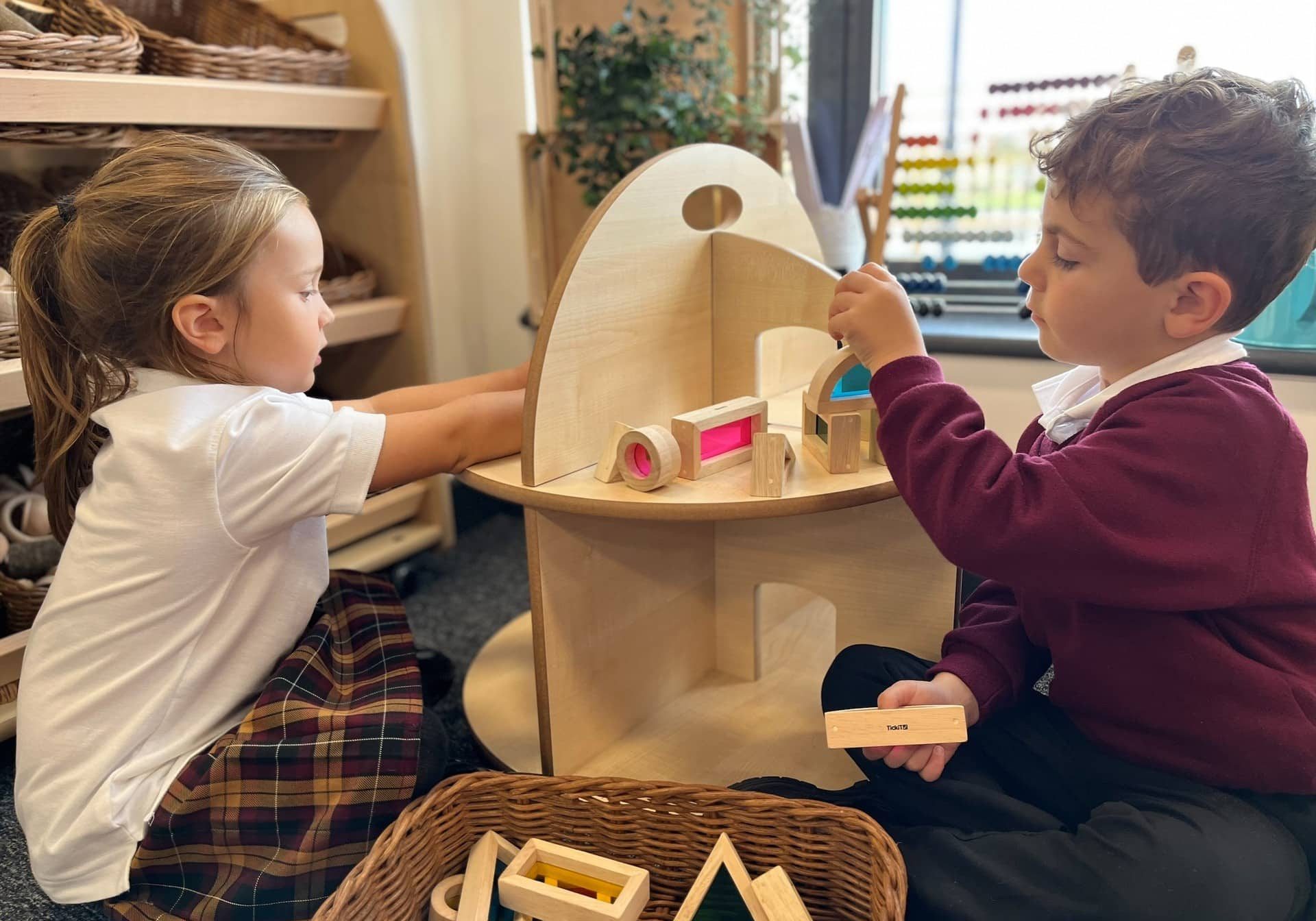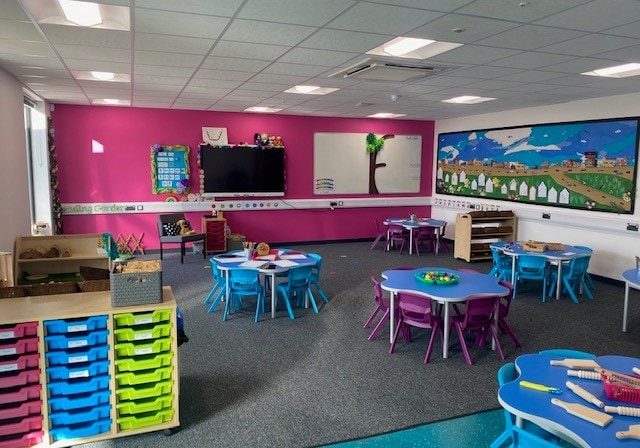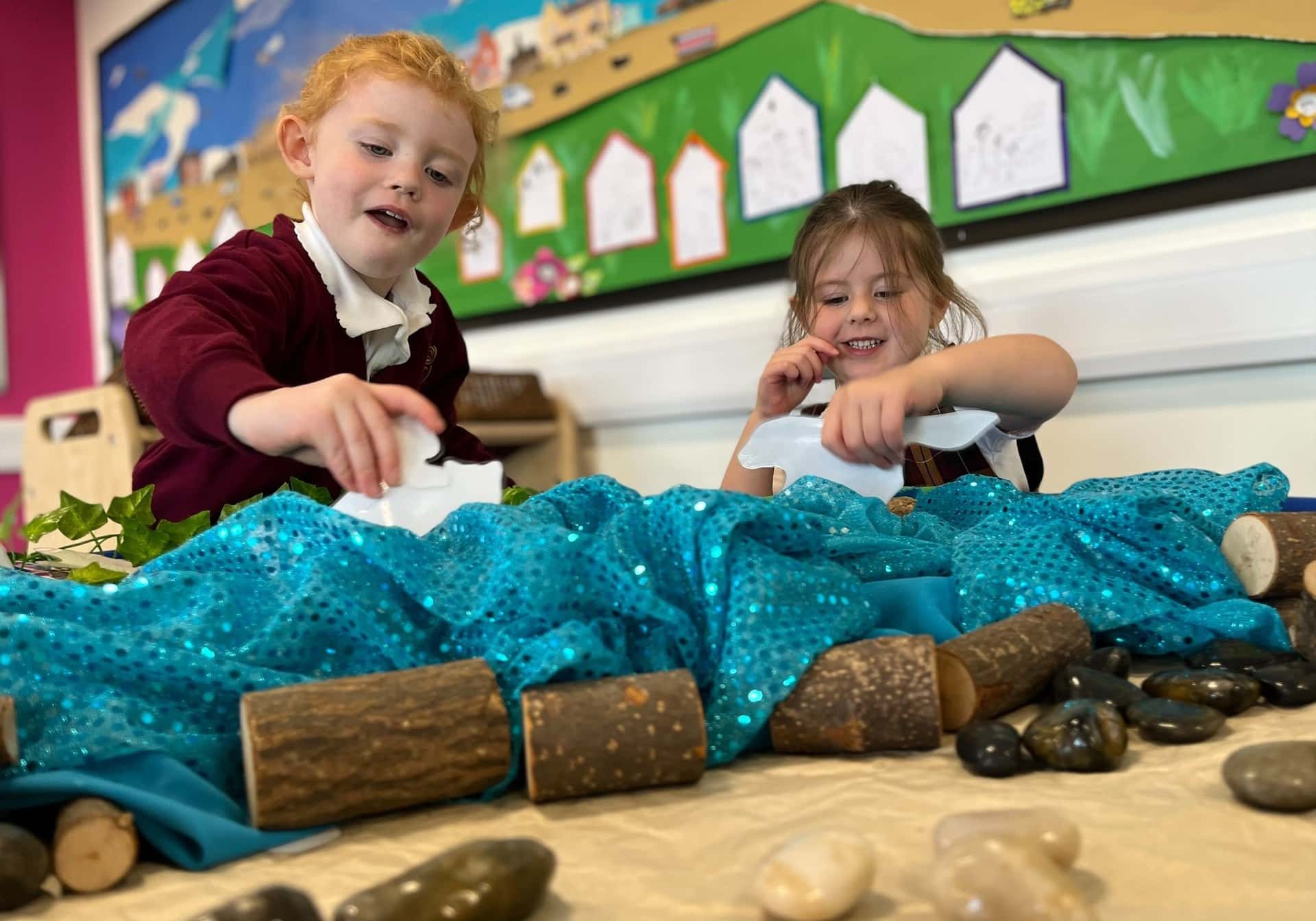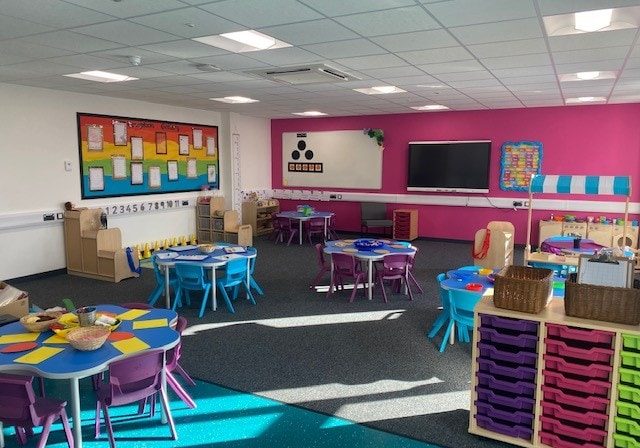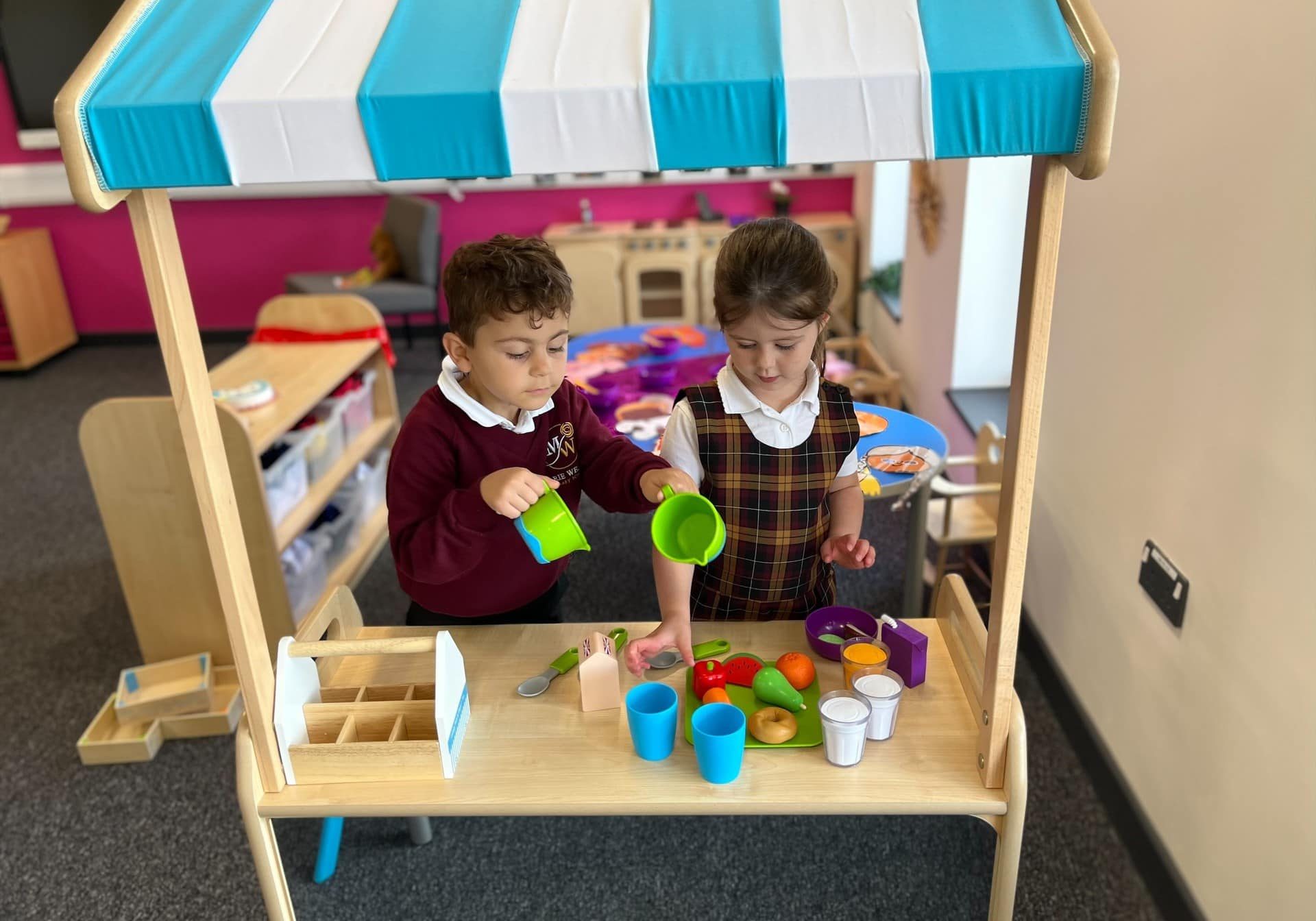In This Section
Phonics
What is Read, Write, Inc Phonics?
At Marie Weller we use Read Write Inc. phonics because we want our children to learn to read as quickly as possible and then to keep on reading – to read widely and often and be a lifelong reader. Phonics will ensure all children who come to our school learn to read: EYFS to Year 2, older pupils who have struggled to learn to read and need to ‘catch up’, EAL pupils and children with SEN and dyslexia also learn to read using this programme.
Teaching and learning focuses on what children already know and what they need to learn next in order to make best possible progress – by stage not age.
Phonics is a programme that uses systematic phonics to teach all children to read. It lasts two years for most children – if they start to learn to read in the Reception class. (There are some children with learning difficulties who spend longer on the programme.)
Phonic Sounds
We teach the sounds first – in a specific order. We then teach your children to blend those sounds together in order to read words. The children read words in the matched storybooks. Each Storybook is carefully matched to the sounds they can already read – setting them up for success. We read to children ‘real’ books’. Once they have learnt to read, they will be able to independently read these books for themselves.
The English language is very complex. Phonics is the method of teaching reading through the identification of sounds and graphemes. All words are made up of sounds e.g. in ‘mat’ we have the sounds ‘m’, ‘a’,‘t’. A grapheme is another name for the letters we use to write the sound. Write the letters ‘m’ ‘a’ ‘t’ in the air as you say the sounds. We teach phonics so that your children will have the tools to read any word.
We teach using pure sounds. We use pure sounds (‘m’ not’ muh’, ’s’ not ‘suh’, etc.) so that your child will be able to blend the sounds into words more easily. Children need to know sounds – not letter names – to read words.
It shows the most common graphemes for each sound. Each box is a sound box showing different ways to read and write the sound.
We also use Fred in our classrooms. He is a frog who can only speak in sounds, and we call this Fred Talk. For example ‘m’ ‘a’ ‘t’, ‘l’ ‘u’ ‘n’ ‘c’ ‘h’. He helps children sound out words so they can read and spell.
Once they can Fred Talk and blend sounds into words from the simple chart, we teach them Set 3 sounds on the complex chart – the other ways of reading and writing each sound so that they can soon read anything.
Reading
Alongside learning each set of sounds, they read Storybooks that only contain the sounds and words they can read. This sets them up to succeed in their reading. We also teach children to read common exception words – words like ‘said’ and ‘they’.
Spelling
We use Fred Fingers to help children sound out words to spell easily. It means they do not have to memorise lists of spelling words. It is a tool so they will be able to spell any word.
How you can help at home
It really helps to be aware of how your child is learning in the classroom – pure sounds not letter names; Fred Talk when they are reading words and Fred Fingers when they are spelling words.
Encourage your child to discuss their Phonics lessons with you and to read and discuss their storybook with you at home.
Is there an assessment?
Yes, there is a National Phonics Screening in Year 1 where the children have to read 20 real words and 20 ‘alien’ words. This is conducted in a very child-friendly way by the class teachers. At every parents evening you will be informed of your child’s progress in Phonics and at the end of Year 1 the school report will inform you if they have passed or not. If your child does not pass in Year 1 they will be given additional support throughout Year 2 to enable them to pass the next year.
Key Terminology
Phoneme
A phoneme is the smallest unit of sound in a word.
Feel/watch how your mouth changes when you say a word, every time your mouth moves/changes shape you are saying a new phoneme, e.g. b-r-i-ck
There are 44 phonemes in the English language.
Grapheme
Graphemes represent how a phoneme is spelt. Each grapheme is a unit of sound regardless of how many letters there are:
e.g. The word b-r-igh-t is made up of 4 phonemes; the igh phoneme is represented by 3 letters but only makes one phoneme.
A grapheme can represent more than one phoneme e.g. C = cat and city.
Diagraph
Two letters, which makes 1 phoneme. e.g. duck
A consonant diagraph contains two consonants
e.g. sh ck th ll
A vowel diagraph contains at least one vowel
e.g. ai ee ar oy
Split Diagraph
A diagraph in which the two letters are not adjacent e.g. make
a-e is a unit of sound (diagraph), it is being ‘split’ by the constant k.
Trigraph
Three letters, which make 1 phoneme. e.g. light
Oral blending
Hearing a series of spoken phonemes and merging them together to make a spoken word without corresponding to any graphemes (no text is needed). e.g. teacher says “b-u-s” children say “bus”
Blending (links to reading)
Recognising the letter sounds in a written word and merging them together in the order they are written to pronounce the word. e.g. c-u-p = cup
Segmenting (links to writing)
Identifying the individual phonemes in a spoken word and writing them down to form a word.

